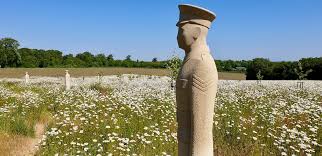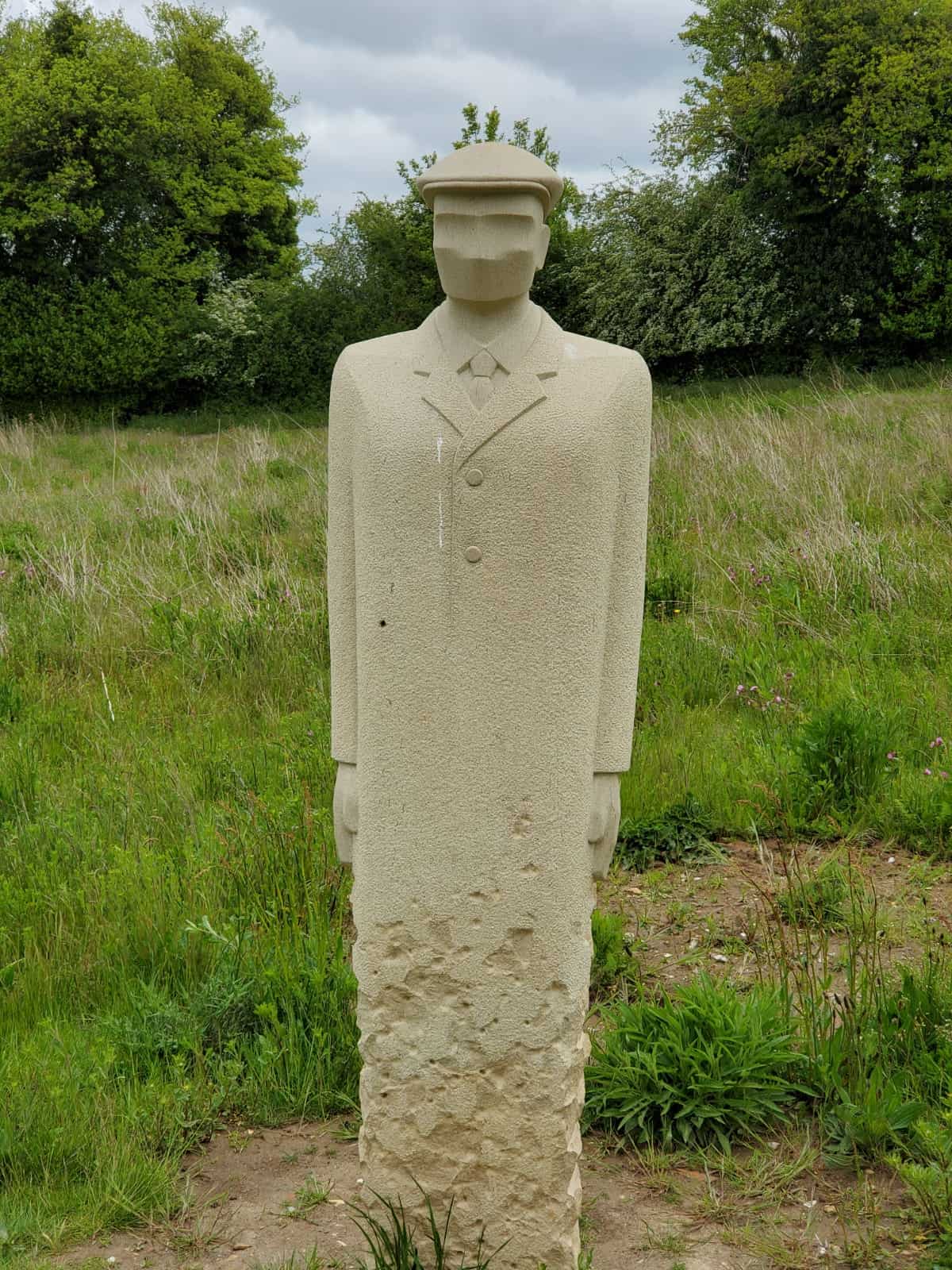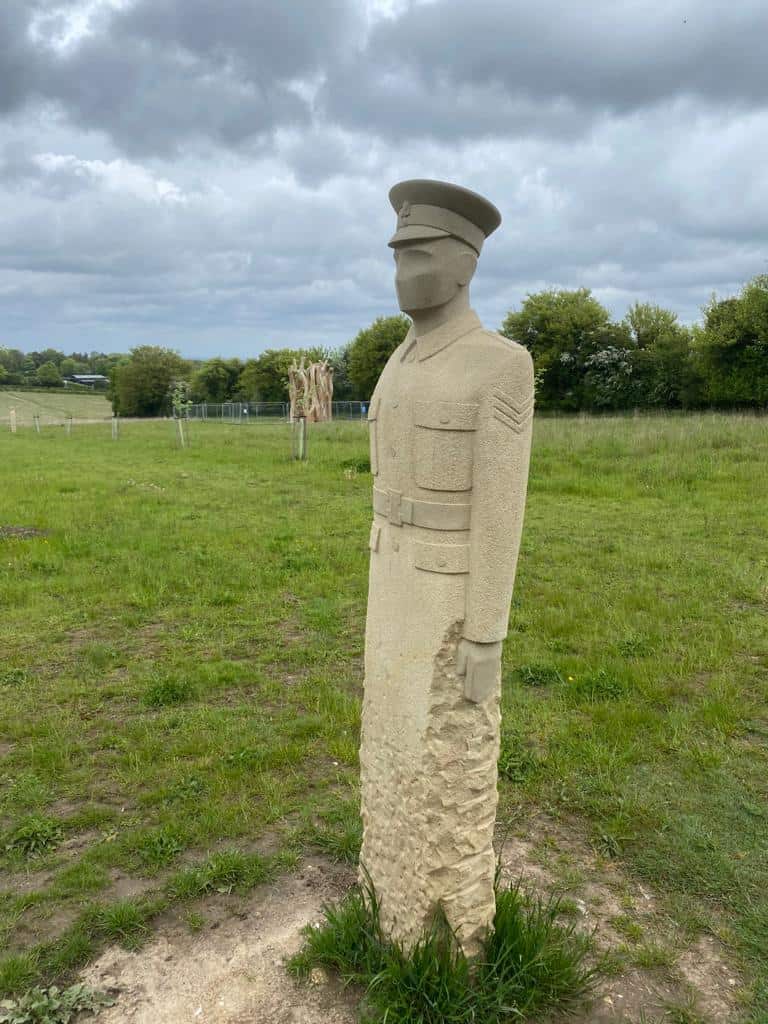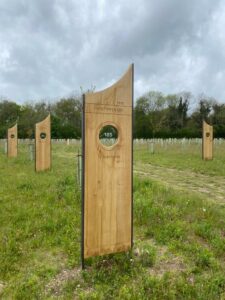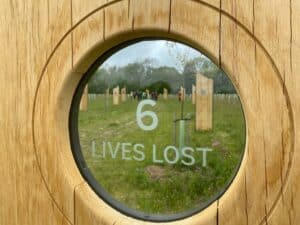At the Guildford Book Festival in 2020 Oz Clarke spoke about his latest book, “English Wine – From Still to Sparkling – The Newest New World Wine Country”.
An extraordinary transformation has been quietly taking place during the last 20 years. Although wine has been made in England for over 2000 years – the Romans planted vineyards as far north as Lincolnshire – it would have been hard to find anyone that took English wine seriously during most of that period. Since the turn of the century there has been an ever-increasing interest in the potential for vineyards in England and in 2019 we produced 10.5 million bottles of wine – 72% of which was sparkling.
The harbinger of change occurred in 1998 when Nyetimber’s 1993 Classic Cuvée sparkling wine was awarded the Trophy for the Best Sparkling Wine in the World, shaking the wine establishment to its core. Since then, a recognition that the chalk geology of the North and South Downs is nearly identical to that in Champagne and the certainty of increasing temperatures because of climate change have led to more and more plantings. Even some of the great French Champagne Houses such as Taittinger and Vranken-Pommery have begun planting the traditional champagne grape varieties in Kent and Hampshire. 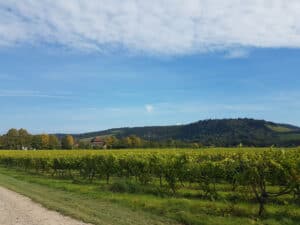
The Surrey Hills is now a recognised wine growing region. The Vineyards of the Surrey Hills collaborate to market their award-winning wines, although each has its own unique way of promoting a wine experience.
Denbies, owned and run by the White family, is the largest single estate vineyard in the country and produces several internationally award-winning wines. Dine at the Vineyard or Gallery Restaurants, experience an indoor wine tasting and winery tour or take an outdoor vineyard tour on a train and enjoy the panoramic views of the vineyard and the North Downs.
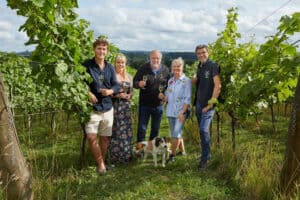 It was their still Silent Pool Rosé that first put Albury Organic Vineyard on the map when it was served on the Royal Barge to celebrate the Queen’s Diamond Jubilee in 2012. The brainchild of former IT specialist, Nick Wenman, Albury rigorously apply biodynamic principles to the production of their excellent gold award winning sparkling wines. Again, there are a wide variety of experiences to enjoy: Sparkling Afternoon Tea (with the team from the Dabbling Duck), Biryani and Bubbles (with nearby Mandira’s Kitchen), Bee Keeping Demonstration with Sergio, the Albury Bee Keeper, and Music in the Vineyard to mention just a few.
It was their still Silent Pool Rosé that first put Albury Organic Vineyard on the map when it was served on the Royal Barge to celebrate the Queen’s Diamond Jubilee in 2012. The brainchild of former IT specialist, Nick Wenman, Albury rigorously apply biodynamic principles to the production of their excellent gold award winning sparkling wines. Again, there are a wide variety of experiences to enjoy: Sparkling Afternoon Tea (with the team from the Dabbling Duck), Biryani and Bubbles (with nearby Mandira’s Kitchen), Bee Keeping Demonstration with Sergio, the Albury Bee Keeper, and Music in the Vineyard to mention just a few.
At High Clandon Bruce and Sybilla Tindale are twice winners of the prestigious IWC Cellar Door of the Year in 2017 and 2018. They call their sparkling wine Quintessence of England. And that is certainly the sense you get if you visit the Glass Barn – their new visitor centre where they host sparkling wine tastings alongside Sculpture and Art exhibitions. Their wildflower meadow enjoys glorious views over the AONB towards London with the boutique vineyard nestling below.
Mike and Hilary Wagstaff took over Greyfriars Vineyard In 2010. With over 50 acres now planted near their base on the Hogs Back they have dug a cellar out of the chalk that will house 250,000 bottles. They specialise in making top quality sparkling wines using the traditional method but with the most modern grape growing and winemaking technology.
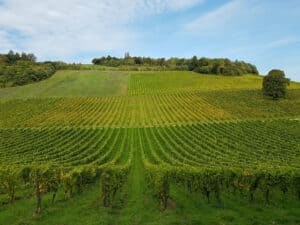
Mia and Graham Wrigley run the family-owned business at Chilworth Manor that produces excellent Rosé made from 51% Pinot Meunier and 49% Pinot Noir. Chilworth Manor is a house and estate rooted in an extraordinary 1000 year history that reaches as far back as the Domesday Book – its story told through the lives of Saxons, Normans, monks, and gunpowder manufacturers. Their 2020 production is already sold out!
There are other wineries in or near the Surrey Hills AONB such as Godstone and Iron Railway and all the signs are that future growth of wineries in the Surrey Hills will be substantial. There are now 222 vineyards in the South East representing 61.5% of the total hectarage in the UK. 26% of winegrowers in England have indicated an intention to plant more vines in the next three years (see Wine GB 2020 Industry Report).
Interestingly, it is not only the wineries that are growing. There are many breweries and distilleries beginning to flourish in the Surrey Hills. Keep an eye out for future eNewsletters when we hope to review the exciting things that are happening in this area.
Gordon Jackson



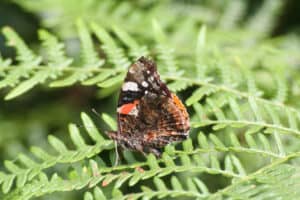
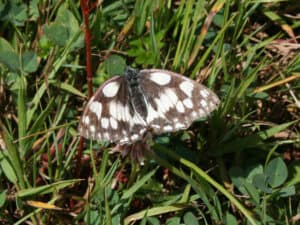
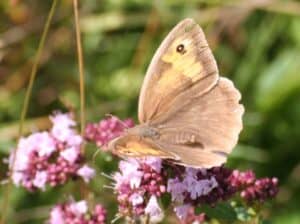 One way for everybody to get involved in conserving butterflies is to take part in the annual ‘Big Butterfly Count’ in July. According to Butterfly Conservation ‘The Big Butterfly Count is a UK-wide survey aimed at helping us assess the health of our environment simply by counting the amount and type of butterflies we see.’ The exciting thing about the count is that anyone can take part, anywhere they like. You could count butterflies from your garden or out in the countryside on a walk. When the next count takes place this summer, I urge everyone to get involved and record what they see. It is an enjoyable experience and provides crucial scientific data.
One way for everybody to get involved in conserving butterflies is to take part in the annual ‘Big Butterfly Count’ in July. According to Butterfly Conservation ‘The Big Butterfly Count is a UK-wide survey aimed at helping us assess the health of our environment simply by counting the amount and type of butterflies we see.’ The exciting thing about the count is that anyone can take part, anywhere they like. You could count butterflies from your garden or out in the countryside on a walk. When the next count takes place this summer, I urge everyone to get involved and record what they see. It is an enjoyable experience and provides crucial scientific data.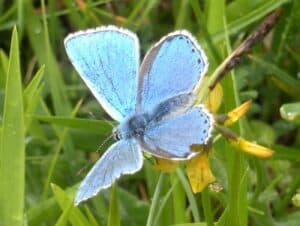

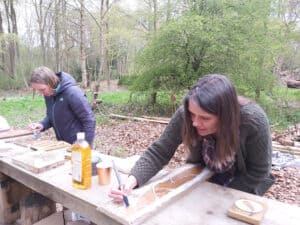
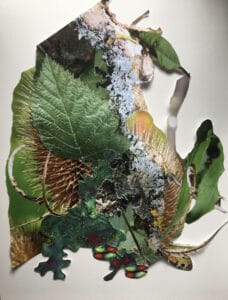 This year their exciting artworks include textile hangings, ceramic egg forms and navigation markers. Fine Art MA student Noelle Genevier creates stunning collages and she will be developing her work by finding a way to waterproof these. They will wrap around the trees in an incredible display of images, textures and colours. This is just one of twelve artworks you can see. A
This year their exciting artworks include textile hangings, ceramic egg forms and navigation markers. Fine Art MA student Noelle Genevier creates stunning collages and she will be developing her work by finding a way to waterproof these. They will wrap around the trees in an incredible display of images, textures and colours. This is just one of twelve artworks you can see. A 
 Patrick Mannix is a local resident and has been a practicing owner/operator of Sandhurst Copse & Sheepwalk woodland in the Surrey Hills AONB for the last 20 years. He has lectured and hosted visits by the Surrey Hills Society and many members take advantage of his “managed access” system, giving permission to walk in the woodland. Interacting with nature every day, observing and learning, he has been curious about nature and natural processes since his grandfather taught him the names of trees in the 1940s. Now, as a grandfather himself, his concerns are about the world our grandchildren will grow up in and how we can learn to respect our natural environment before it is too late.
Patrick Mannix is a local resident and has been a practicing owner/operator of Sandhurst Copse & Sheepwalk woodland in the Surrey Hills AONB for the last 20 years. He has lectured and hosted visits by the Surrey Hills Society and many members take advantage of his “managed access” system, giving permission to walk in the woodland. Interacting with nature every day, observing and learning, he has been curious about nature and natural processes since his grandfather taught him the names of trees in the 1940s. Now, as a grandfather himself, his concerns are about the world our grandchildren will grow up in and how we can learn to respect our natural environment before it is too late.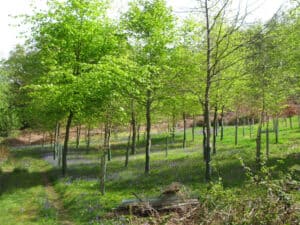

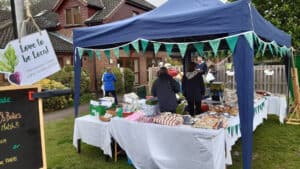 Many of us are giving much more thought to our health and wellbeing since the pandemic and have developed a greater interest in the provenance and traceability of our food. We have also become much more aware of our local community and shown an increasing desire to buy local. We are lucky in Surrey to have an array of wonderful products that are grown and produced locally. What better way can there be to support our local producers than buying food from one of Surrey’s farmers’ markets?
Many of us are giving much more thought to our health and wellbeing since the pandemic and have developed a greater interest in the provenance and traceability of our food. We have also become much more aware of our local community and shown an increasing desire to buy local. We are lucky in Surrey to have an array of wonderful products that are grown and produced locally. What better way can there be to support our local producers than buying food from one of Surrey’s farmers’ markets?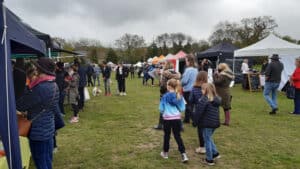
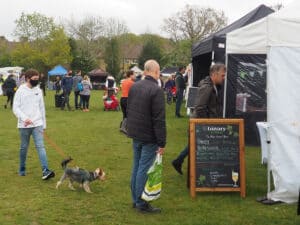

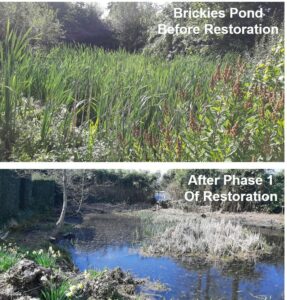
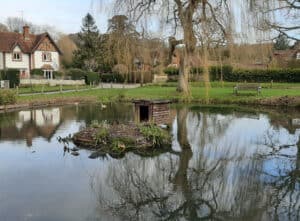
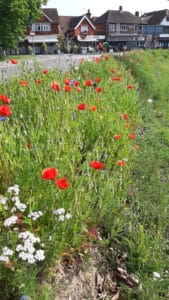


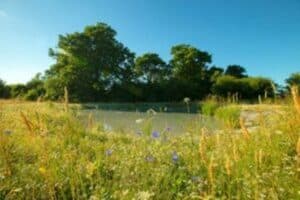
 As a Society member you already receive our regular paper and electronic newsletters, which provide in-depth commentary on a wide variety of interesting aspects of the Surrey Hills. You also receive our regular mail chimps that alert you to the events that are organised by the Society for its members.
As a Society member you already receive our regular paper and electronic newsletters, which provide in-depth commentary on a wide variety of interesting aspects of the Surrey Hills. You also receive our regular mail chimps that alert you to the events that are organised by the Society for its members.